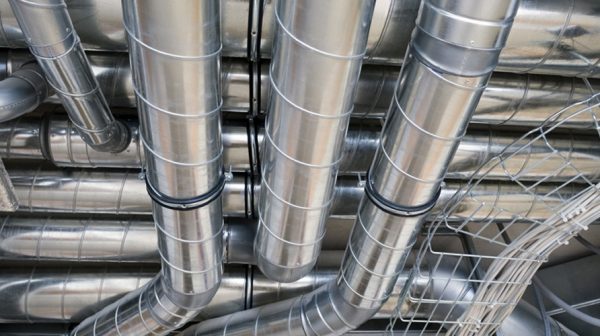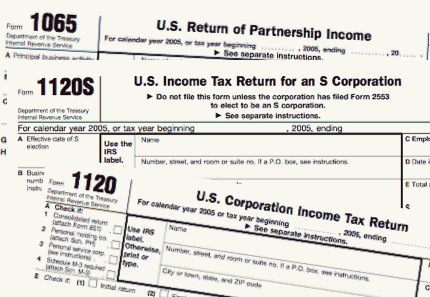I had an engineering professor in college that would routinely say, “It’s easy…if you know what you are doing.” I suppose he was right, but it’s the “know what you are doing” part that is hard. Once I started working in design after college, a different saying became popular at the office. Regarding construction documents, someone would chime in that, “it’s just lines on paper.” Similar to my professor’s comment, the statement is indeed accurate but it doesn’t quite tell the whole story. If you work in design, you know that there is a lot of work that gets done before anything gets printed out on paper. See what that work entails, how it is done and also why it wasn’t always so easy in our article on Building Design Software.
Here’s a few other topics we were talking about this month:
- 179d Extension: February 2017 Update – I’ve received a lot of questions about the extension of the 179d Federal Tax Deduction. Here’s an update
- Airliner HVAC – I recently got to wondering how the air in an airplane cabin was conditioned so I did a bit of research.
- Sound Levels in HVAC Design – Noisy HVAC systems are something engineers try to avoid. Here’s how they do it.
Be sure to check our website regularly for updates or follow us on Facebook, LinkedIn or Twitter. We wish you the best this month and if you ever have need of any of our services, please don’t hesitate to contact us. Have a great day!
If you would like to receive these newsletters in your inbox, just sign up below. Be sure to check what services you are interested in before clicking Subscribe.


